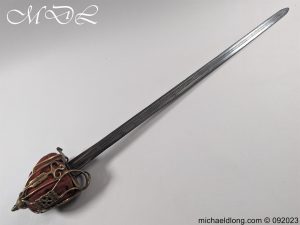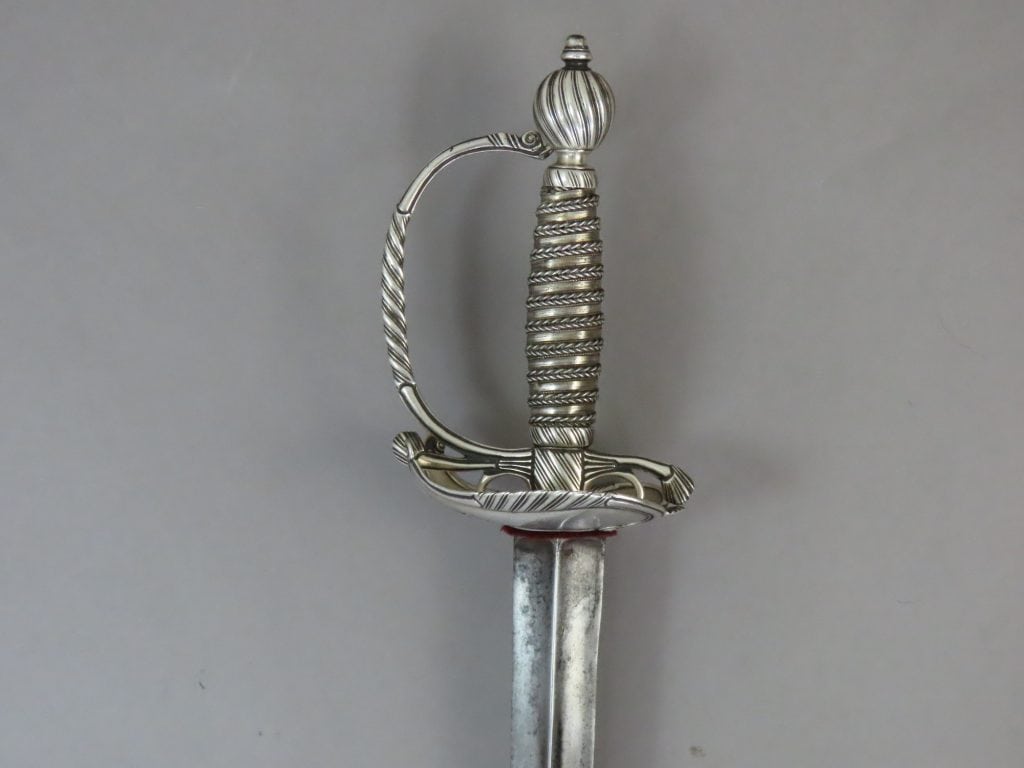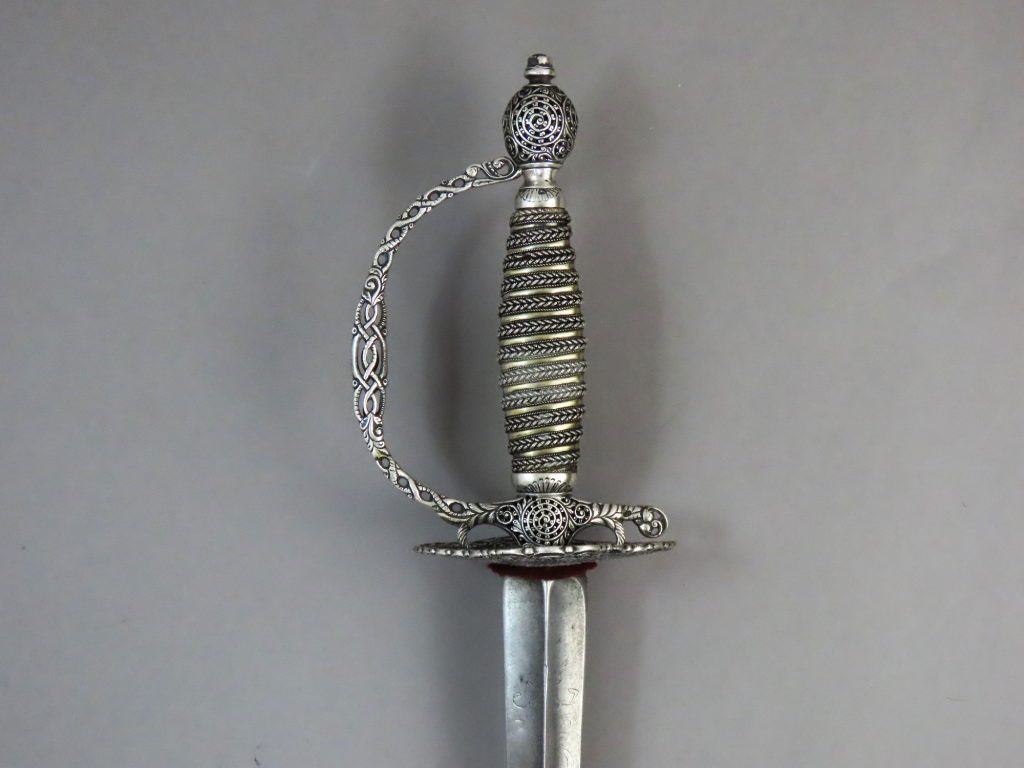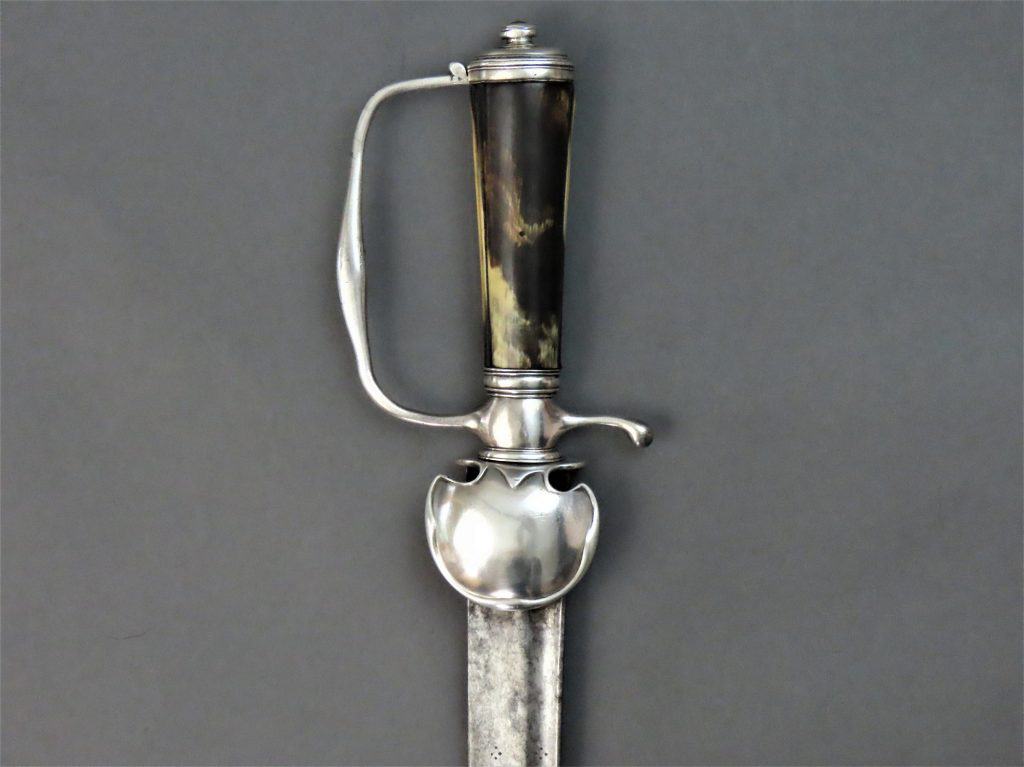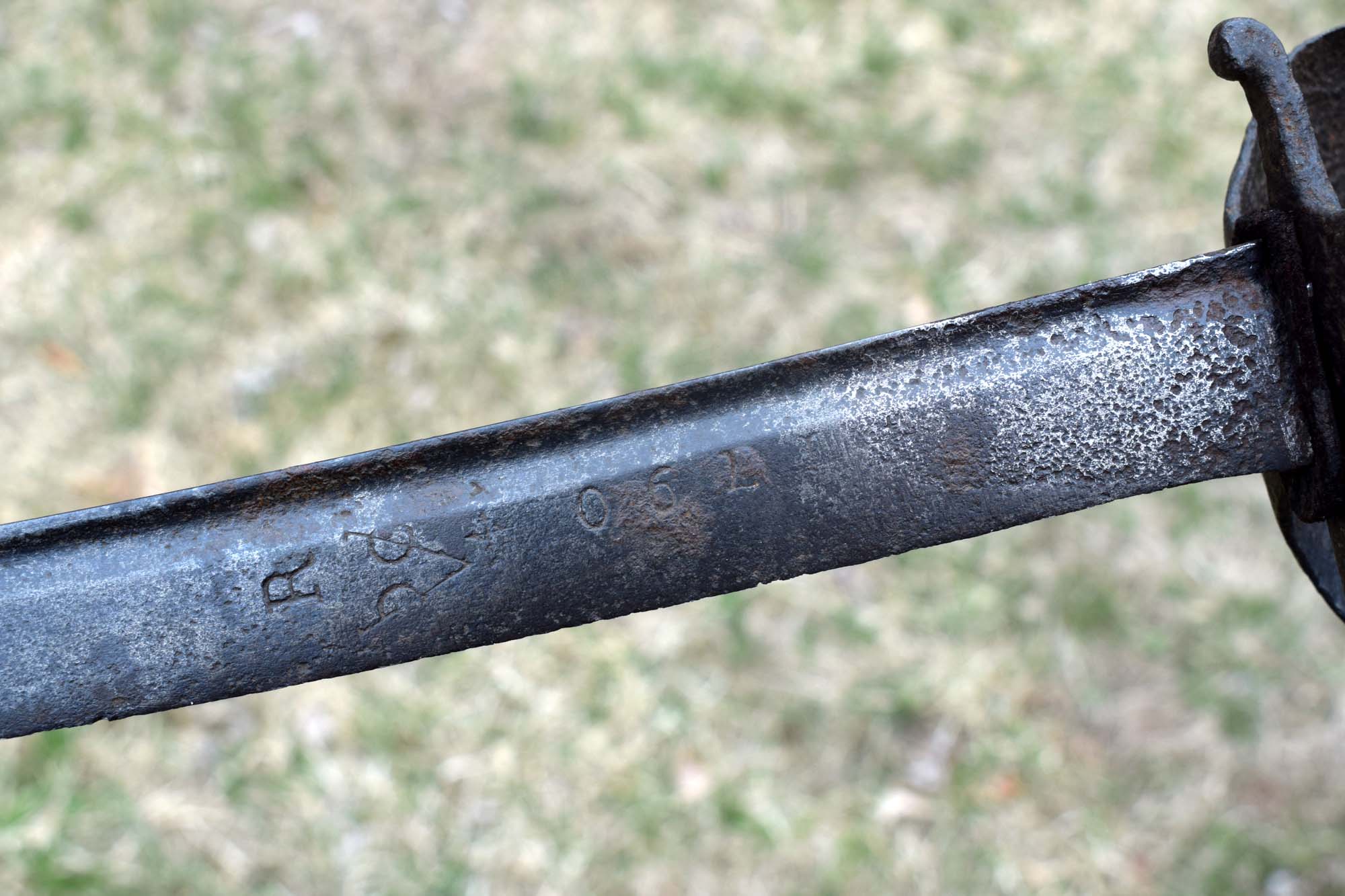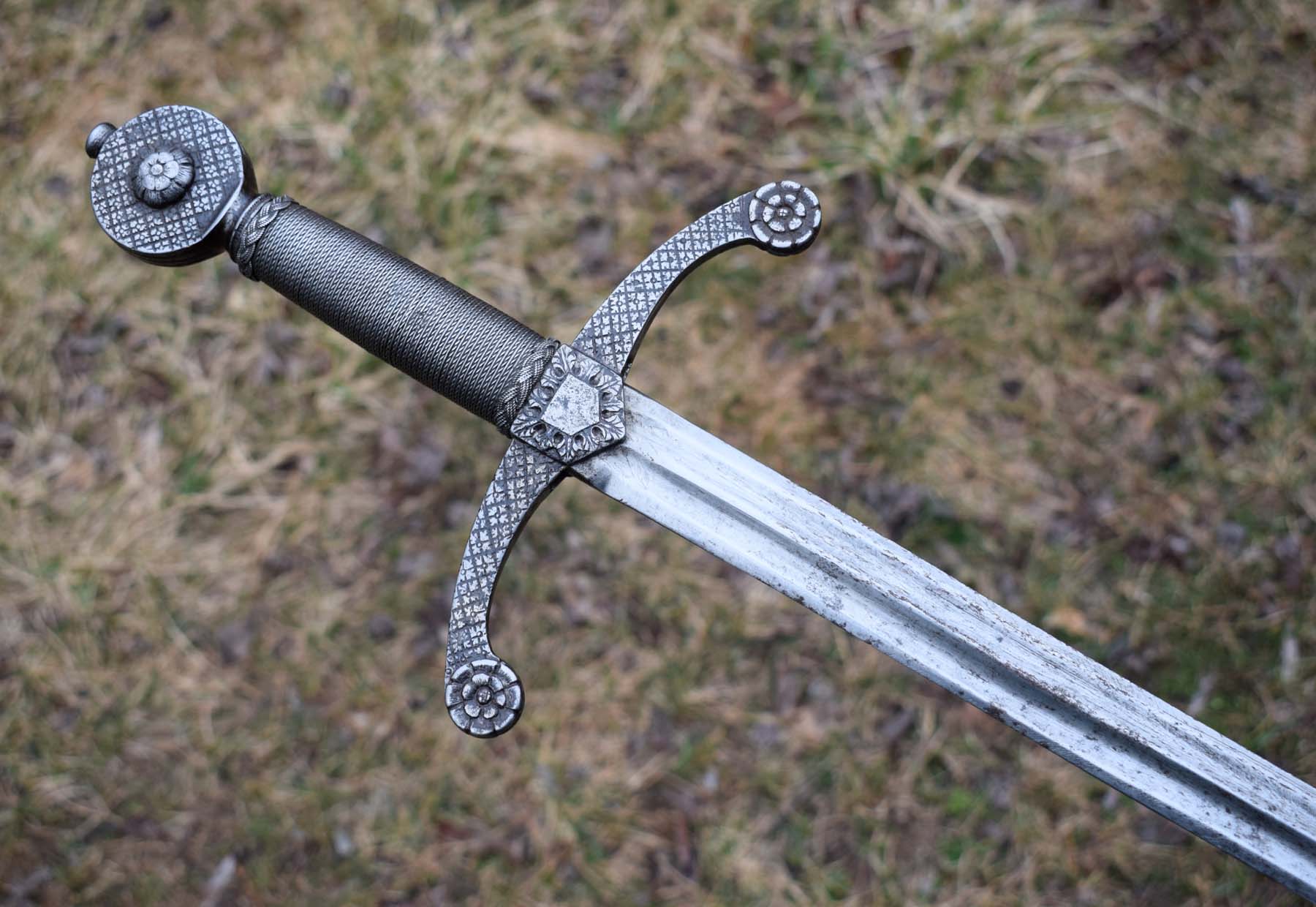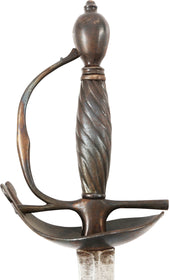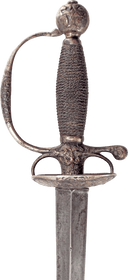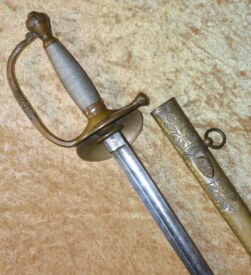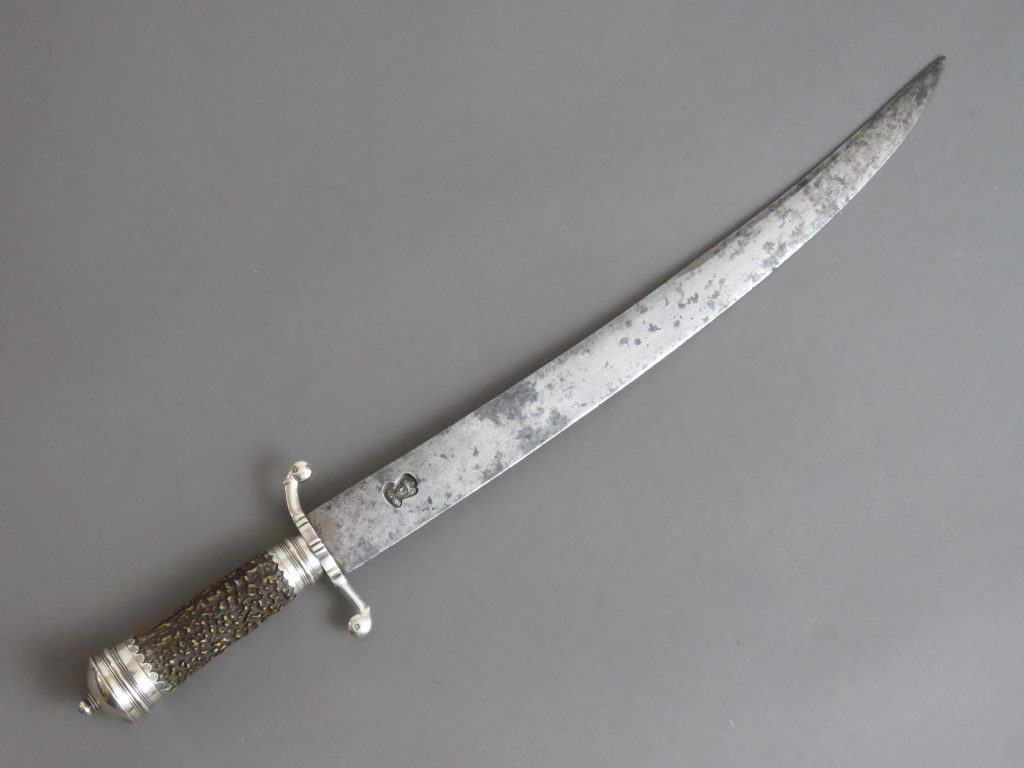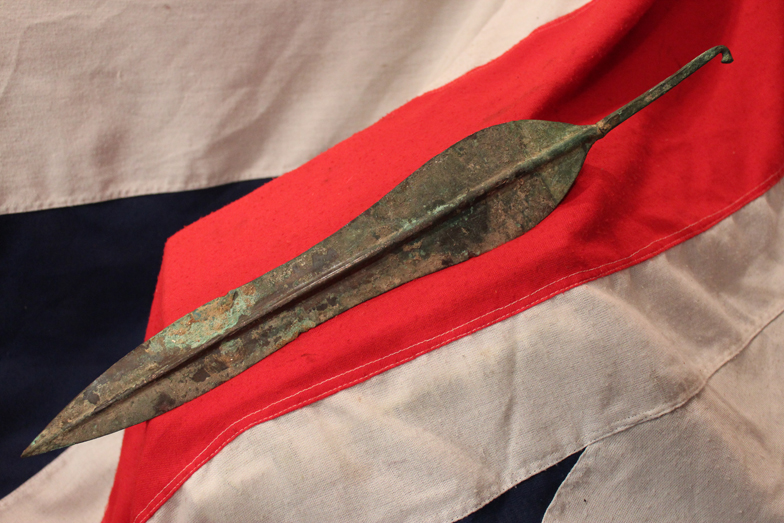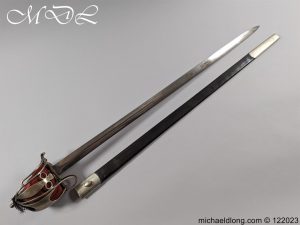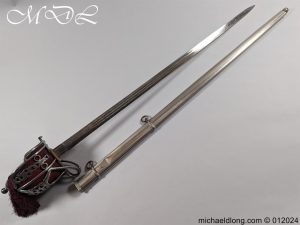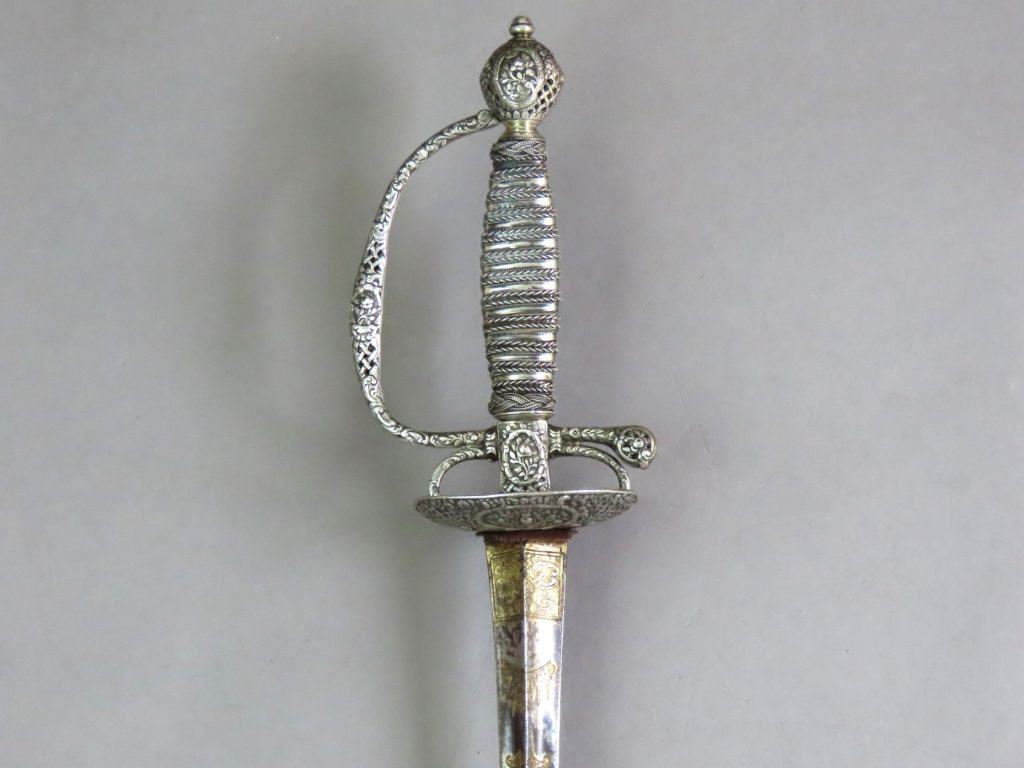For Sale
The following items are listed by for sale by users of the site and dealers. They are in no way endorsed or guaranteed by www.antiquearmsresearch.com
Add a Classified ItemYou can also receive regular email notifcations when items match your keywords. To recieve them just register or logon at the top right of this page.
- Nation : British
- Local Price : £1,975.00
- Nation : British
- Local Price : £1,950.00
- Nation : -
- Local Price : £1,950.00
- Nation : British
- Local Price : £1950
- Nation : British
- Local Price : £1950
- Nation : British
- Local Price : £1950
- Nation : -
- Local Price : £1,950.00
- Nation : ?
- Local Price : £1950.00
- Nation : ?
- Local Price : £1950.00
- Nation : ?
- Local Price : $3500.00 CAD
- Nation : Dutch
- Local Price : 2495.00 USD
- Nation : French
- Local Price : 2495.00 USD
- Nation : German
- Local Price : 2,475.00 USD
- Nation : Spanish
- Local Price : 2,450.00 USD
- Nation : British
- Local Price : 2,450.00 USD
- Nation : American
- Local Price : $1895.00
- Nation : British
- Local Price : £1,895.00
- Nation : Japanese
- Local Price : £1895
- Nation : British
- Local Price : £1875
- Nation : British
- Local Price : £1,850.00
- Nation : British
- Local Price : £1,850.00
- Nation : British
- Local Price : £1,850.00
- Nation : French
- Local Price : £1850
- Nation : French
- Local Price : £1850
- Nation : British
- Local Price : £1850
- Nation : British
- Local Price : £1850
- Nation : Japanese
- Local Price : £1850.00


.jpg)

